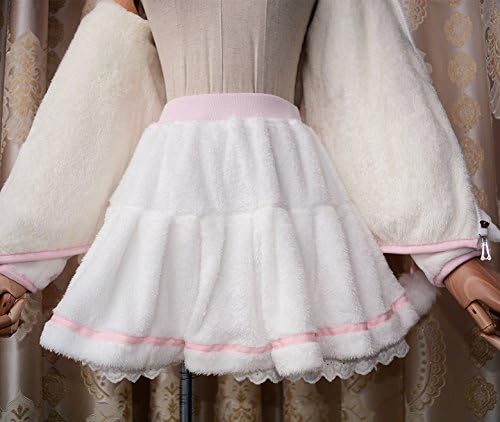The Foundations of Kawaii Fashion
Kawaii fashion, originating from Japan, goes beyond mere styles and trends to embody a movement that values cuteness and playfulness above all. In this aesthetic universe, clothing items frequently feature pastel colors, frills, bows, and motifs that are typically deemed as ‘adorably’ appealing. This clothing style gained momentum with the rise of Harajuku culture in Tokyo, where youths would gather to showcase their unique takes on fashion, which often highlighted the kawaii aspect. The appeal of kawaii clothes lies in their ability to evoke a sense of innocence and nostalgia, transporting wearers back to the carefree days of childhood.
As a result, it has garnered a dedicated following globally, with enthusiasts and communities sprouting up in various corners of the world. This phenomenon isn’t only about looking cute; it’s an avenue for personal expression and the rejection of traditional fashion norms. Kawaii fashion delights in the unconventional, championing the idea that fashion can, and should, be fun.
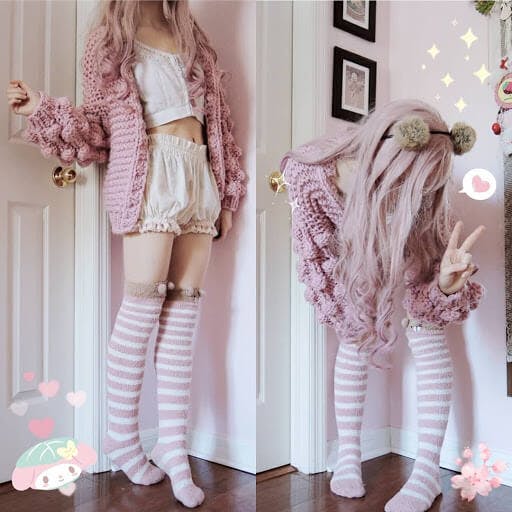
The Rise of Kawaii Clothes in Global Fashion
Kawaii fashion has traveled far from its roots in Japan, permeating the global fashion scene and influencing a wide range of subcultures and demographics. What initially began as a subculture has now become a significant segment of the fashion industry, with Western brands and designers drawing inspiration from the kawaii style. This influence is evident not only in the proliferation of kawaii-themed clothing lines but also in the way mainstream fashion has begun adopting playful and whimsical elements into its designs.
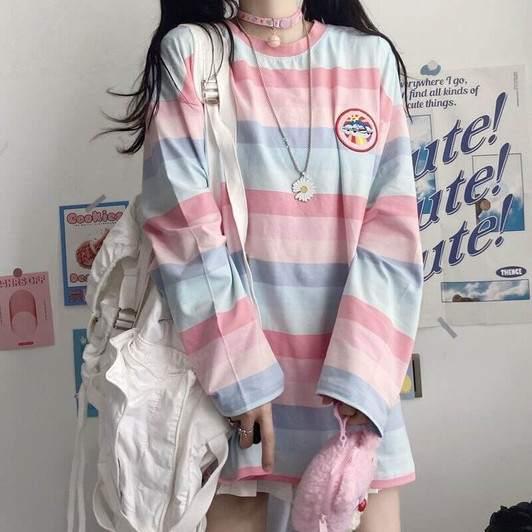
Social media platforms have played a crucial role in escalating this trend’s popularity, with influencers and fashion bloggers showcasing kawaii outfits, accessories, and lifestyle products to millions of followers. The imagery associated with kawaii fashion, be it characters from anime or motifs like hearts and stars, has been enthusiastically adopted by an audience seeking to add a joyful spark to their everyday apparel. As a result, kawaii clothes have evolved from their niche origins into a respected and continually expanding facet of the fashion industry, with no signs of slowing down.
The Social Impact of Kawaii Clothes
Kawaii clothes have made a noteworthy impact on social behaviors and interactions. The style’s ethos encourages a certain openness and vulnerability, often transcending the typical layers of urban anonymity. Wearing kawaii clothing can be a display of defiance against the constraints of ‘serious’ adult life, offering a playful alternative to the rat race. Individuals who embrace this style often find camaraderie in shared aesthetic values, leading to the creation of tight-knit communities both online and offline.
Moreover, these communities are not just havens for sharing fashion tips. They also become platforms for members to support each other’s personal growth and creative endeavors. Kawaii culture has fostered an inclusive environment where self-expression is celebrated regardless of age, gender, or background. Consequently, it has become a means for people to connect, not solely based on their love for fashion but also on their collective desire to create a more understanding and accepting society.
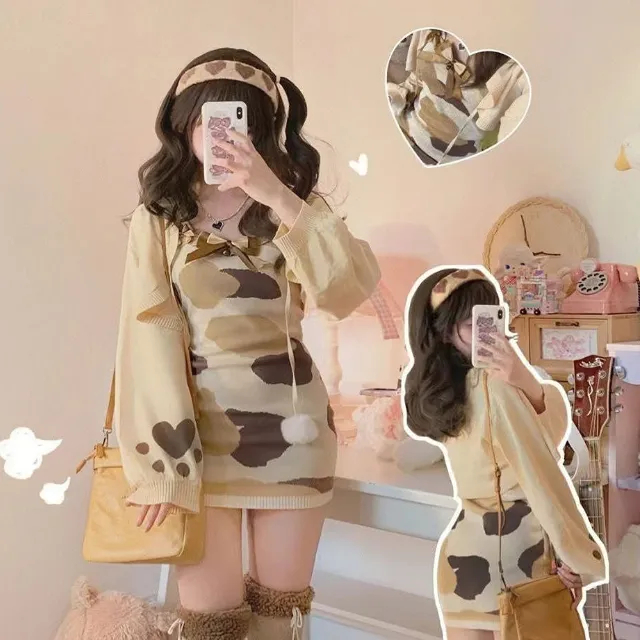
Sustainability in Kawaii Fashion
The world of kawaii fashion, like other parts of the fashion industry, faces increasing scrutiny regarding sustainability and ethical production. As consumers become more eco-conscious, the demand for fashion that is responsibly made, and that minimizes environmental impact, has escalated. Kawaii brands are responding to this demand by exploring eco-friendly materials and adopting practices that reduce waste. They also cultivate longevity in their designs, creating kawaii clothes that can be worn across multiple seasons and resist the throwaway culture plaguing modern fashion. By prioritizing sustainability, these brands are challenging the status quo and proving that it’s possible to have adorable, environmentally conscious clothing. Consumers of kawaii fashion are becoming advocates for this shift, seeking out brands that carry sustainable products. And furthering the message that environmental responsibility can walk hand-in-hand with personal style.
The Future of Kawaii Clothes
Projecting into the future, kawaii sweater is likely to continue its trajectory of growth and influence. The global exchange of ideas ignites designers’ creativity, leading kawaii fashion to adopt a variety of influences, incorporating fresh styles and materials. Emerging technologies like 3D printing and smart fabrics are set to introduce innovative aspects to kawaii clothing. The future of fashion anticipates an emphasis on customization and personalization, catering to consumers’ desires for pieces that not only capture the cherished aesthetic but also articulate their unique identities. Brands that proactively anticipate and integrate these advancements position themselves to spearhead a new fashion era.Kawaii clothes. While maintaining their essence of cuteness. Will inexorably adapt to meet the evolving tastes and technical possibilities of the time, ensuring that the kawaii spirit will continue to be a vibrant and enduring part of the fashion landscape.
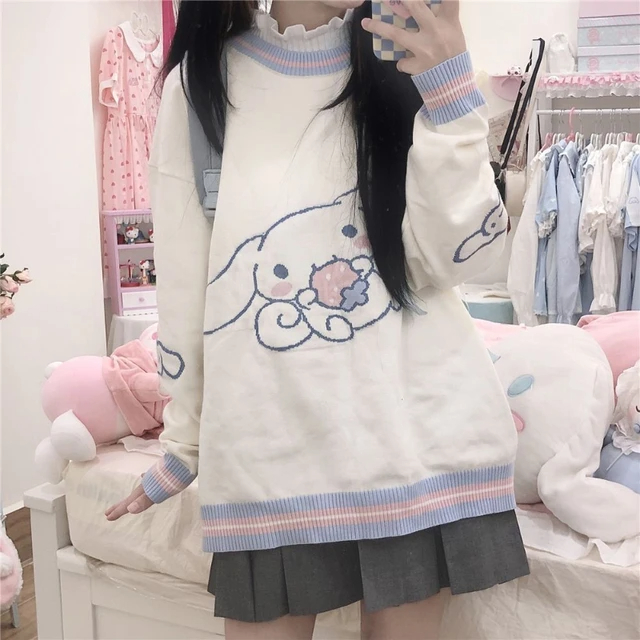
Kawaii Fashion and Inclusivity
As kawaii fashion moves forward, a key aspect of its evolution will be its commitment to inclusivity.Kawaii fashion defies conventions, embracing inclusivity across body types, genders, and cultures. Its welcoming community is becoming a stronger force for inclusion, ensuring space for everyone. Growth in size-inclusive and gender-neutral designs shows progress. As kawaii clothing gains adopters, it exemplifies fashion’s power to unite through diverse self-expression. From Harajuku to New York, kawaii fashion stands as a joyful, accepting presence in the dynamic world of dress.
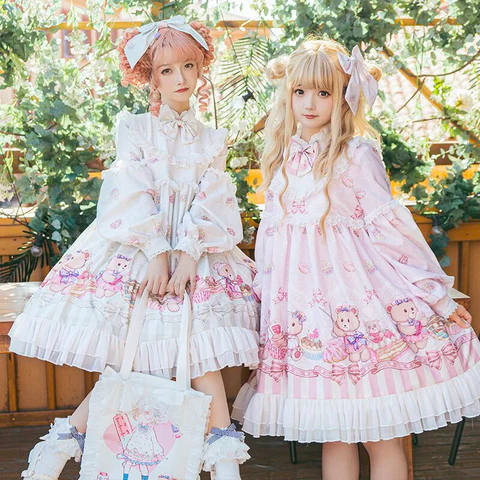
Kawaii Clothes and the Evolution of Self-Identity
In a rapidly changing world where concepts of self and identity are in flux, kawaii fashion offers a medium for exploration and self-discovery. The expressive nature of kawaii clothing means that those who wear it can play with their outward image—experimenting with colors, shapes, and themes to convey different aspects of their personality. This dynamism allows people to explore facets of their identity in a non-conforming and forgiving environment. Unlike many mainstream fashions, kawaii clothing doesn’t demand adherence to rigid standards. Instead, it celebrates individuality, creativity, and the art of personal storytelling through attire. As individuals navigate their identities, kawaii clothes serve as a palette for crafting and communicating the evolving self, promoting diversity and the celebration of uniqueness in the tapestry of human expression.
